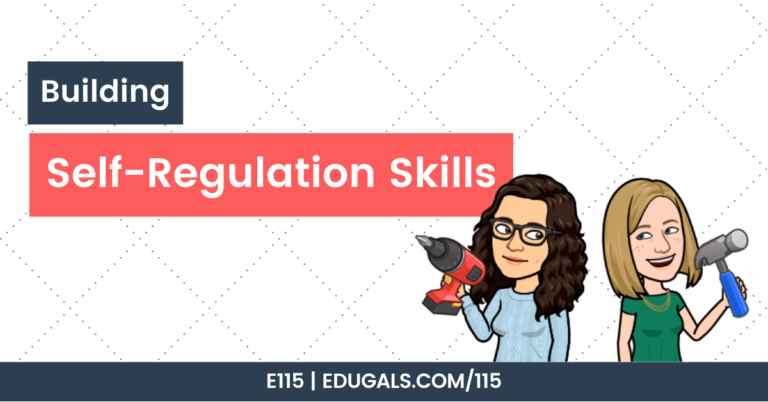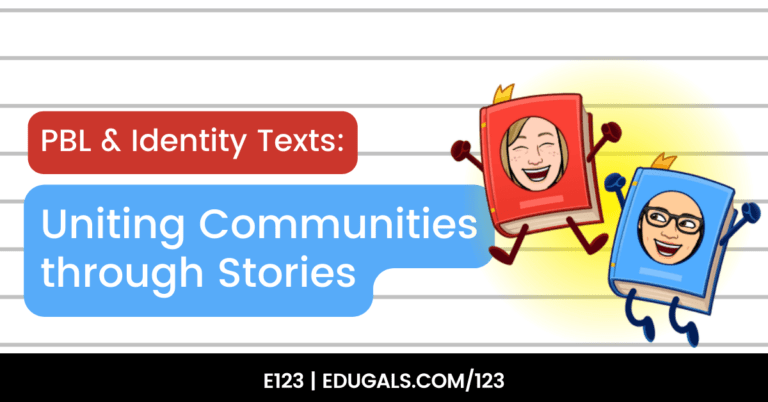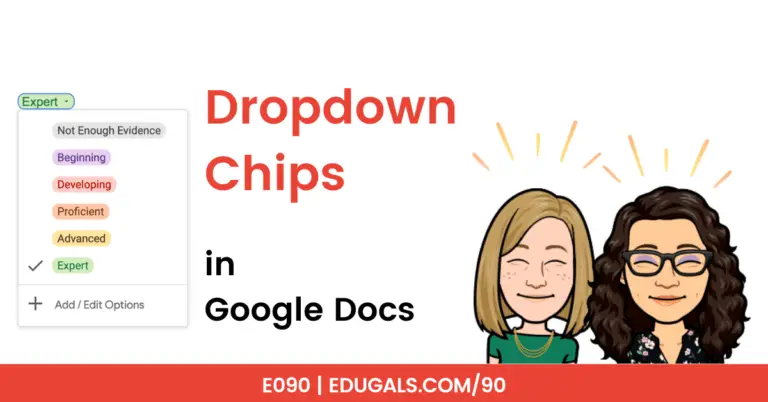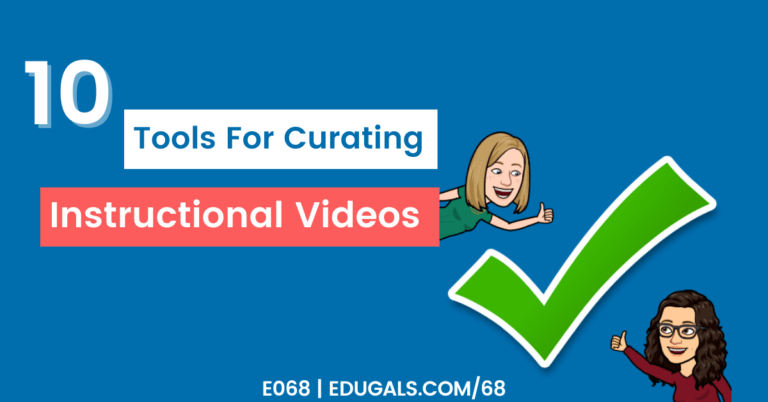[podcast_subscribe id=”7428″]
In this episode, we are talking all about how leading change is uncomfortable and messy. We’ll start off with a quote that really grounded us and helped to give us some good reminders, and then we’ll share some advice as you head into the world of change.
If you like what you hear, we would love it if you could share this episode with a colleague or friend. And make sure you subscribe so that you don’t miss out on any new content! And consider supporting the show by buying us a coffee or two!
We would love to hear from you – leave a comment on our website OR check out our FLIP!

Show Notes
This week we are going to be talking about change, and leading change. Rachel came across a quote recently that sparked a conversation, so we decided to just hit record and discuss this further!
This quote is from Natalie Vardabasso on Twitter (@natabasso):
Leading change is uncomfortable as hell, there's no way around it.
— Natalie Vardabasso (@natabasso) February 18, 2023
The only way to get to real transformation is through the messy middle.
Hold space for the struggle, both in yourself and for others.
Natalie is a fantastic educator, and if you don’t follow her yet, then you should! The quote above really got us reflecting and just sitting with the statement itself. It really hit home for us, especially since we are both leaders in our buildings and program areas, and we are doing the work and making changes in our classrooms.
It also makes us think about a lot of the work that we are doing as a Board, as well as education in the province, and it sparks some truth and gets us thinking about what we have been experiencing, and some these challenges that have faced, or are facing.
There are so many different areas of change right now, such as equity, destreaming, and also changes in pedagogical approaches in our classrooms. And some of this work, particularly equity and destreaming, are much needed, but can be super uncomfortable for people depending on where they are on their journey.
With that in mind, the two of us have been in a lot of this messy middle for the past year or so.
Katie also came across a tweet about equity work, and making changes, and the difficulties of this type of work. Of course she can’t find it anymore, but it also was a good reminder that equity is more than just a book club. Doing the learning is a great first step, but we can’t stop there. We need to push forward and get uncomfortable if we truly want change to happen. Equity is messy, and you have to get right in there, and you need to upset the different systems in place, which requires the difficult route.
This reminds us of the quote:
“The definition of insanity is doing the same thing over and over again and expecting a different result”
Usually attributed to Albert Einstein
It reminds us that we need to do things differently if we want to see change. We need to rethink the way that we approach things, and not just fall into our default method or process, which can be challenging.
So change can be uncomfortable because we are trying to change habits. We are trying change mindsets, and this work is tough. It won’t get done overnight, and it may even take longer than a school year – perhaps 2 or 3 years. But we need to go through the cycles and work through the learning together before we can get to a place where change is happening.
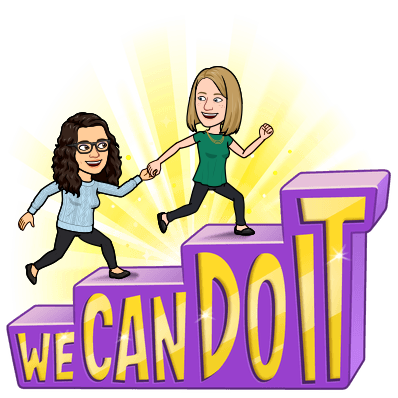
It’s also important to note that not everybody is ready or sees the need for change. Just because we are, that doesn’t mean that everybody else is or should be. In a lot of these discussions and movements towards change, it can really show a person’s character and the struggles that they are experiencing, which shows us how different each person’s journey is. This is certainly part of that challenge, and part of why we feel so stuck in this work, not seeing results.
How can we move forward when there are so many different moving pieces, and so many challenges along the way?
A big focus of conversations at our schools is the school improvement plan and talking about how to create change within our school building, and our school community.
Steven Katz, a faculty member for OISE at the University of Toronto, has spoken quite a bit in terms of leadership and building towards change. He essentially divides staff into two halves – early adopters (or early majority), and late majority (or active resistors).
Early adopters, aka early majority, are people that are innovative, want to try new things, and tend to jump on board whenever a new opportunity arises.
Late majority, aka active resistors, are those that are a bit more resistant to try something new, and need to see the evidence that change is going to be impactful, and that it will stick around. This population has likely seen change come and go, and would prefer to wait it out a bit to see if it sticks.
To really make change happen, we need to embrace and empower the early majority, so that things can move forward and grow. From there, we want to try to nudge the late majority, while mitigating the negative impacts of the active resistors.
This is all based on the Diffusion of Innovations, by Everett Rogers.
The challenge is that we work in a system that, in all honesty, doesn’t see a whole lot of change. For example, if we look at curriculum documents, the length of time that it takes for them to reviewed and updated is quite long. Things in education tend to stay the same for long periods of time, and it’s really hard to make meaningful change because of the structure of the system. It is so hard to move. It often feels like we are beating our heads against a wall when trying to make changes in education.
If we are considering big picture thinking, we know we aren’t likely going to be able to change the system (at least not right away), so we need to look within our schools, within our departments, and within our classrooms and find ways to lead the change from there.
We need to learn how to be better, so that we can get things to change slowly, and then share these ideas with others to help see others the effects of change and how it can benefit students. We need to grow that early majority from the folks that we work with, and support those that want to try new things. It isn’t a lot of fun to work with the resistors because it is going to be difficult every step of the way. Instead, it makes more sense to start with those who are filling, gather evidence so that you can show how impactful change can be, and win others over slowly but surely.
There are times when change needs to happen, and people need to move a bit more quickly; for example, equity work. When we recognize inequity, racism and discrimination, it isn’t about being ready, it’s about recognizing inequity, and fixing things.
In terms of the work we are doing in our classrooms, we see that it’s working and how it is positively impacting our classrooms, so despite how difficult it is, and how much work it is, we need to keep moving forward however we are able. We see it working, and we see the impact on students, as well as their skill progression, so have to hold tight to these positives when change becomes difficult.
The quote that started us off, it’s that exact reminder. We need to hold the space for the struggle, in ourselves and in others. It can be really difficult to hold space for the struggle, particularly for ourselves. We tend to start to question ourselves, our decisions and whether it’s the right decision being made or the right direction. This reminder to recognize and hold that space is so important.
When life is hard, and things seem too difficult, we need to remember and recognize that change isn’t easy. We need to give ourselves an opportunity to work through the struggles and the emotions that come with it. That’s the easiest way to keep moving forward.
There have been many times in the past when we have given up, and given in to the pressure because we have felt overwhelmed by the difficulty in trying to change. Instead, we need to push through the discomfort and live in that messy middle.
One reminder that helps us: find your people! They don’t have to be on your course team. It can be any friend or colleague in the building. This is such an important reminder because we often get siloed into departments, and we. forget that there’s a whole lot of other people in the building that share your mindset, your passion, and who are willing to try new things. Even just to share ideas and bounce some ideas and solutions off of people, it’s really helpful to find these people.
Rachel joined Modern Classrooms Project about a year ago as an expert mentor, and this has been a huge support for her. It is always a place for her to go back to, and they help confirm that mastery is the right direction for her, and that it’s worth the struggle and the fight. Having a source of encouragement from a community of educators all around the world is such a boost, and a great reminder of why she does what she does.
Twitter is another great source of community. You can follow individual educators, or you can also access the community tab to join different communities that focus on specific areas or topics.
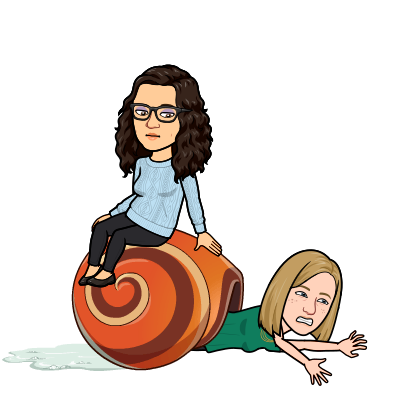
Another tip for leading change and sticking with the messy middle is to take baby steps. It’s all about small steps, and making small changes so that it doesn’t get too overwhelming too quickly. Even when you are tempted to go big, try to rein yourself in so that it doesn’t get to be too much, too quickly.
The One Thing, by Gary Keller and Jay Papasan is a great read if you want to learn more about baby steps. It’s a great resource to learn how to focus on one thing at a time to help you boost your productivity and ability to achieve goals.
If you’re in a position of formal or informal leadership, and you are trying to support change, the first step is to get to know the people that you’re working with. Much like we need to know our learners, we also need to know the people that we are leading and supporting. We need to know what their boundaries are, where their interests are, what they are willing to try, etc. You also need to respect their boundaries and what they are ready to do. We can’t roll over people to make change happen – that isn’t and shouldn’t be part of the goal of change. We instead need to find ways to make it work for everybody within their boundaries and strengths. We are a team, and we need to support one another and learn alongside one another.
Opening up our classrooms to colleagues is a great way to get to know other educators and how they approach teaching. It’s a great way to learn from one another, and while it may seem scary at first, it’s a great way to boost your confidence overall.
Another method that may work in some buildings is the idea of strategic staffing. If you have enough staff, you can look at specific courses and the staff you have, and build a timetable that recognizes the strengths, interests, and willingness to collaborate and make changes in the classroom.
This doesn’t always work, as not all schools are large enough to do that. So at that point, it’s about mitigating the challenges and finding middle ground. We need to respect professional judgment, and remember that teachers do believe that they are doing the best for their students. So it comes down to baby steps and open communication. Having open conversations with colleagues that aren’t ready for change is a good way to figure out why they aren’t ready to change, or what fears or obstacles exist that make it difficult to consider.
At the end of the day, no two teachers will have an identical course. Every person is different and unique, and our personalities play a role in how we teach our students. Knowing that, there’s always wiggle room in terms of how we present our courses. As long as there is consistency in outcomes and skills, etc. that’s the most important takeaway.
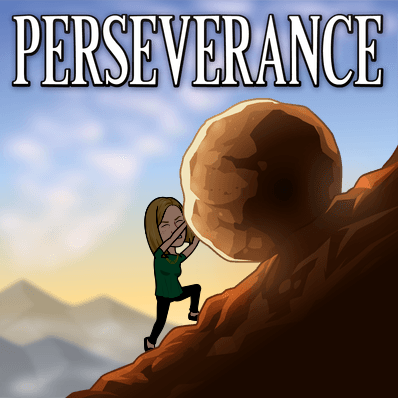
Remember to give space to the struggle, and to live in the messy middle of change. Change is not short term, and it’s going to take a while to make meaningful change.

